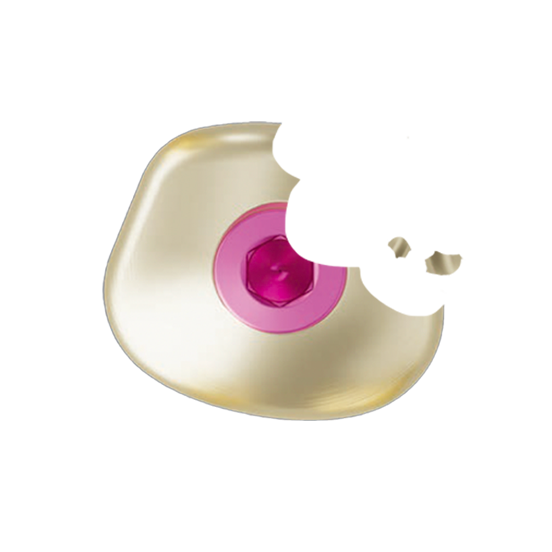The use of an artificial root involves creating a subgingival volume and emergence profile that are as natural as possible, for both aesthetic and biological reasons.
More than aesthetics in the strict sense, the aim is to achieve the best possible integration of the prosthetic restoration into the patient's biological and anatomical context. This involves transferring not only the spatial position of the implant, but also the volume of the newly created sulcus. Virtually all physico-chemical impressions are CT scanned in the laboratory. As a result, the consistency of the digital workflow is an additional argument in favor of the use of intra-oral optical impressions for single- and small-unit implant prosthetics.
However, until now, the scanning bodies used for intra-oral impressions were identical to those used in the laboratory on plaster models derived from physico-chemical impressions, and therefore totally unsuited to the constraints of intra-oral optical impressions and emergence profile transfer. This paper presents an original digital solution for transferring the implant position and the newly created emergence profile using the iPhysio® system developed by LYRA ETK.



